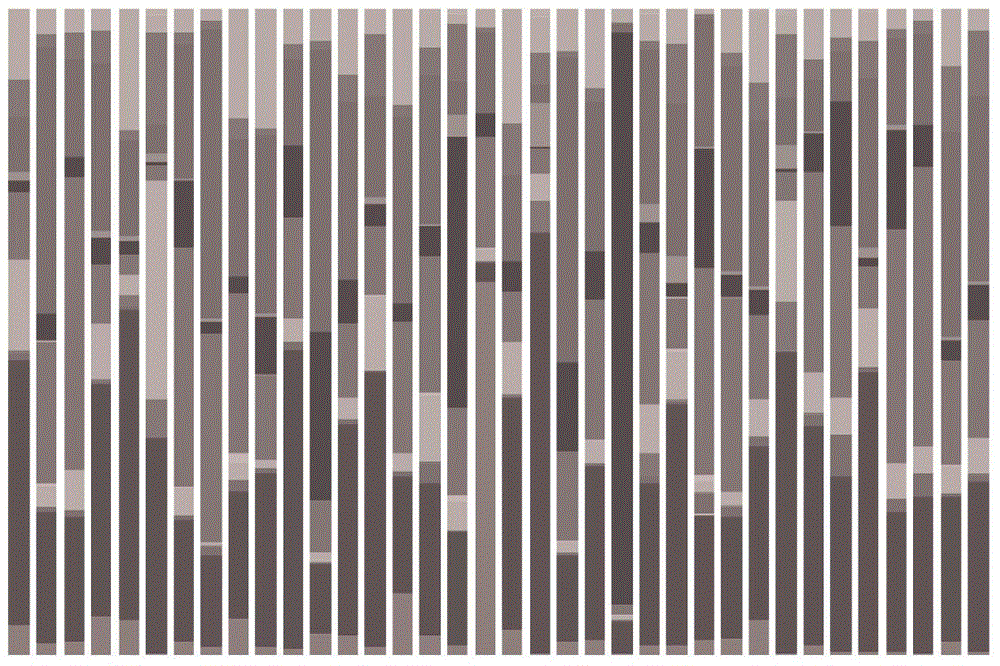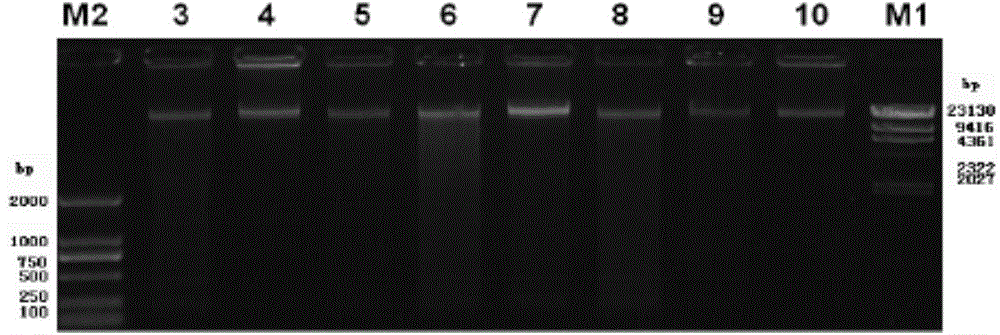Sputum collection method for detecting 16SrRNA gene sequence of respiratory tract bacteria
A technology of gene sequence and respiratory tract, which is applied in the field of sputum collection for the detection of respiratory tract bacteria 16S rRNA gene sequence, can solve the problems of less sample volume, oral saliva and oral bacterial contamination, and more sputum squamous epithelial cells, etc. Safety and the effect of reducing oral bacterial contamination
- Summary
- Abstract
- Description
- Claims
- Application Information
AI Technical Summary
Problems solved by technology
Method used
Image
Examples
Embodiment 1
[0054] 1. Case collection
[0055]A total of 37 cases were studied, including 14 cases in the severe asthma group, 14 cases in the mild asthma group, and 9 cases in the healthy control group. The diagnosis of severe asthma must meet the criteria on the ATS: recurrent symptoms and acute attacks, not relieved by high doses of inhaled steroids, requiring frequent oral steroids. The main exclusion criteria are: ①: Infection within 4 weeks, orally used antibiotics within 6 weeks; ② Smoking history; ③ Significant pulmonary diseases (existing but not limited to chronic obstructive pulmonary disease, bronchiectasis, tuberculosis, cystic fibrosis, etc.).
[0056] 2. Main instruments and reagents:
[0057] Sodium chloride (Guangzhou Chemical Reagent Factory); normal saline (Dongguan Puji Pharmaceutical Co., Ltd.); sputum genomic DNA extraction kit (QIAamp DNA Blood Mini Kit); agarose (Spain Biowest); ultrasonic nebulizer ( Guangzhou Yuehua Medical Instrument Company); TGL-16G centrif...
PUM
 Login to View More
Login to View More Abstract
Description
Claims
Application Information
 Login to View More
Login to View More - R&D
- Intellectual Property
- Life Sciences
- Materials
- Tech Scout
- Unparalleled Data Quality
- Higher Quality Content
- 60% Fewer Hallucinations
Browse by: Latest US Patents, China's latest patents, Technical Efficacy Thesaurus, Application Domain, Technology Topic, Popular Technical Reports.
© 2025 PatSnap. All rights reserved.Legal|Privacy policy|Modern Slavery Act Transparency Statement|Sitemap|About US| Contact US: help@patsnap.com



